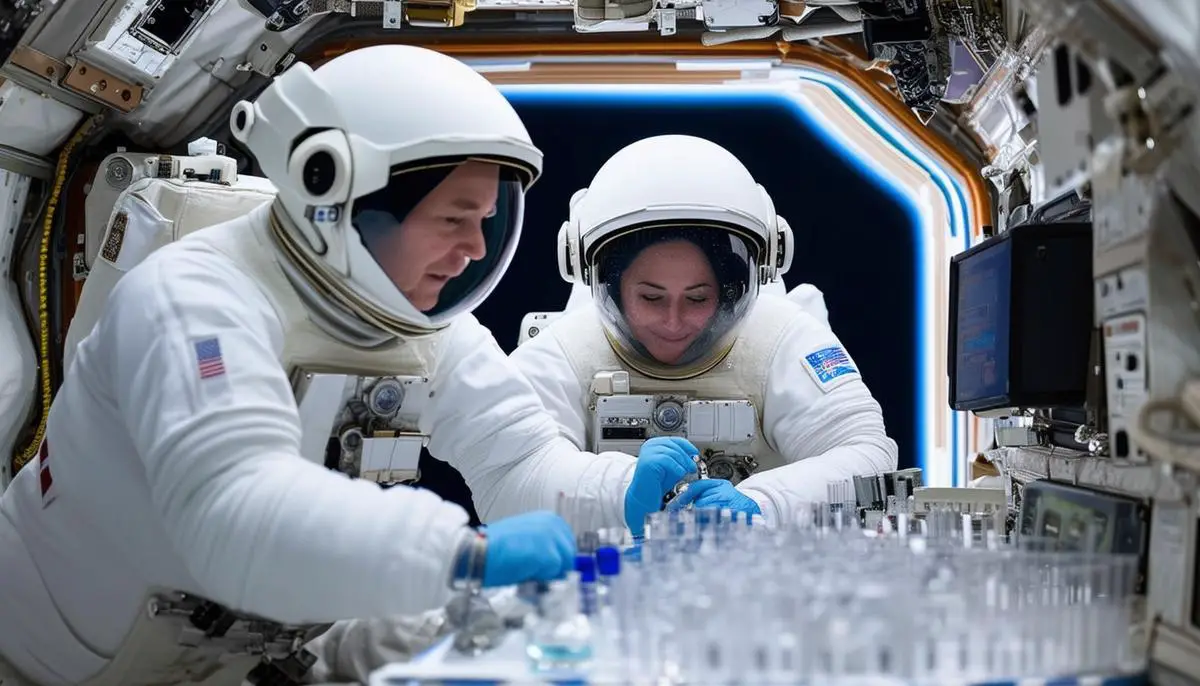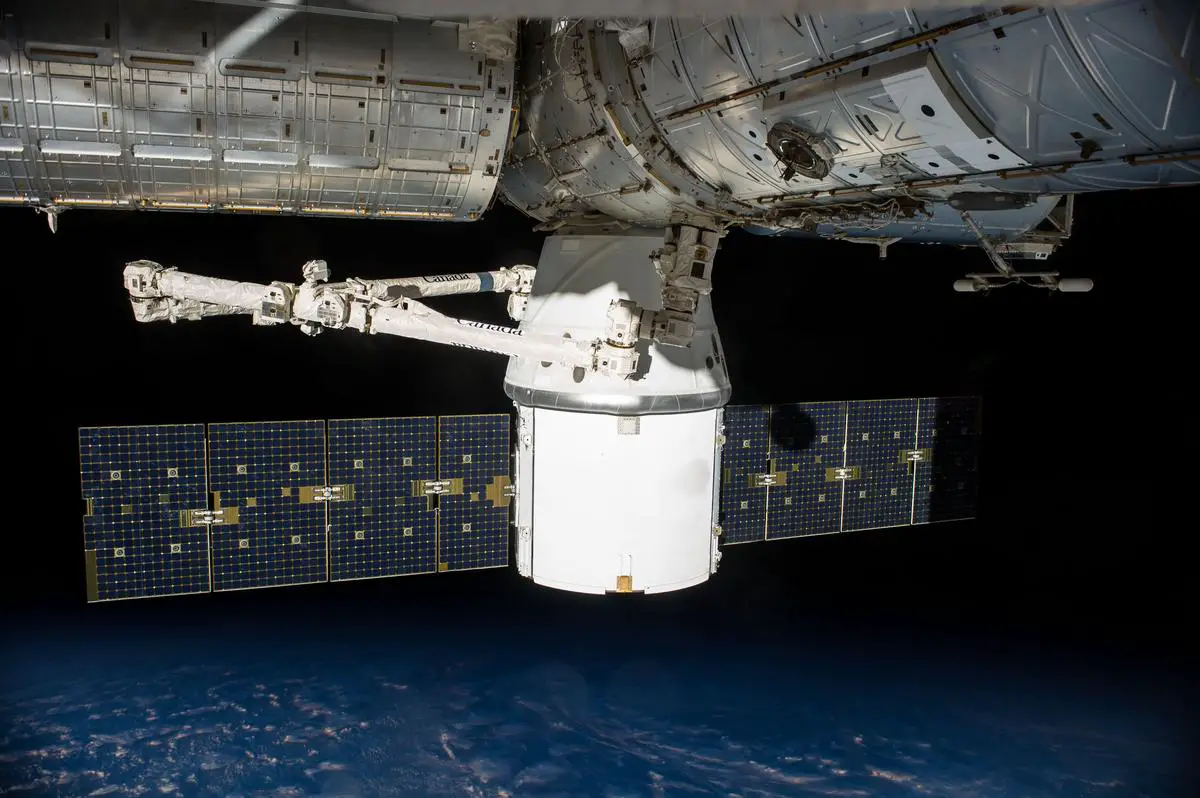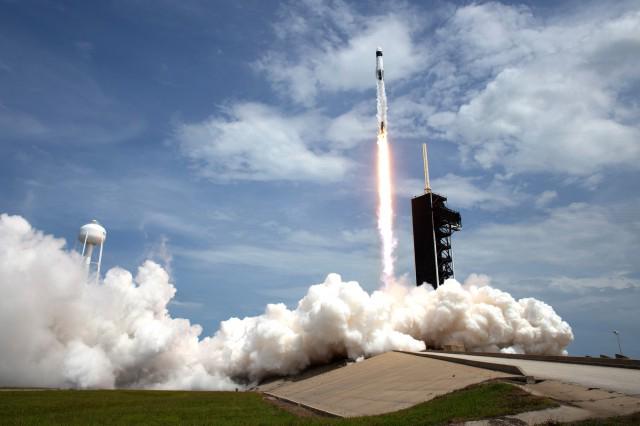Axiom Mission 2 (Ax-2): A Milestone in Commercial Space Exploration
Axiom Mission 2 (Ax-2) launched on May 21, 2023, and safely returned on May 30, 2023. This 10-day mission completed 126 orbits around Earth and showcased innovation and international collaboration.
Crew Composition
- Commander Peggy Whitson: Former NASA astronaut and ISS commander
- Pilot John Shoffner: From Tennessee
- Mission Specialists:
- Ali Alqarni: From Saudi Arabia
- Rayyanah Barnawi: First female astronaut from Saudi Arabia
Mission Highlights
- Conducted 26 research projects, including:
- Fluidic Telescope Experiment (FLUTE): Exploring microgravity effects on lens creation
- Work with The Minus Eighty-Degree Laboratory Freezer (MELFI) for temperature-sensitive experiments
- Engaged in 20 outreach events
- Collaborated with 19 research partners
Ax-2's successful completion contributed to Axiom Space's goal of building the world's first commercial space station, emphasizing international cooperation in space exploration.

Crew-8 Launch: Advancing Space Exploration
SpaceX's Crew-8 mission launched on March 3, 2024, at 10:53 p.m. EST from Pad 39A at Kennedy Space Center. The Falcon 9 booster (B1083) propelled the Dragon Endeavour spacecraft into orbit, continuing its legacy of notable missions.
Crew Members
- NASA astronauts:
- Matt Dominick
- Mike Barratt
- Jeanette Epps
- Russian cosmonaut: Aleksandr Grebenkin
The crew began their pre-flight quarantine on February 20, 2024.
Launch Sequence
- Weather-related delays overcome
- Crew Access Arm retraction
- Propellant loading
- Falcon 9 ascent
- Successful stage separation and first-stage landing
Dragon Endeavour's 15-hour journey to the International Space Station (ISS) culminated in an autonomous docking at the Harmony node's forward port on March 5. The Expedition 70 crew welcomed them aboard.
Mission Objectives
During their six-month stay, Crew-8 will:
- Support approximately 250 research, technology, and educational outreach investigations
- Collaborate with visiting vehicles, including:
- Boeing's CST-100 Starliner
- Northrop Grumman's Cygnus cargo ships
The mission highlights the ongoing commitment to advancing human knowledge and expertise in low-Earth orbit, with crew members expressing enthusiasm for the scientific discoveries ahead.

SpaceX ISS Deorbit Vehicle: A Crucial Mission for Space Station Retirement
SpaceX has been tasked with developing a crucial deorbit vehicle for the International Space Station (ISS). This vehicle, based on an evolved Dragon spacecraft design, will safely guide the ISS back to Earth at the end of its operational life.
Enhanced Dragon Design
- Augmented trunk section for additional propellant
- Advanced avionics systems
- Improved power generation capabilities
These modifications are necessary for the extended mission of gradually lowering the ISS's orbit.
Deorbit Plan
The deorbit plan spans approximately 12 to 18 months, involving:
- A series of orbit-shaping maneuvers
- Reduction of ISS altitude to a low elliptical orbit (around 220 kilometers from Earth's surface)
- ISS crew departure about six months before final descent
- Powerful reentry burn for safe disintegration in a predetermined oceanic area
NASA awarded SpaceX an $834 million contract for this project, which involves collaboration with international partners including Roscosmos, ESA, JAXA, and CSA.1
"This project will mark the conclusion of the ISS's decades-long contributions to scientific research and international collaboration in space."
The ISS decommissioning is part of a carefully planned transition to new commercial space stations. NASA aims to maintain a continuous human presence in low-Earth orbit, initiating the ISS's deorbit only after commercial alternatives are operational.
SpaceX's deorbit vehicle represents a significant technological achievement and underscores the importance of international cooperation in space exploration.
- NASA. SpaceX to Develop Mission to Safely Deorbit International Space Station. NASA Press Release. 2023.
![]()
